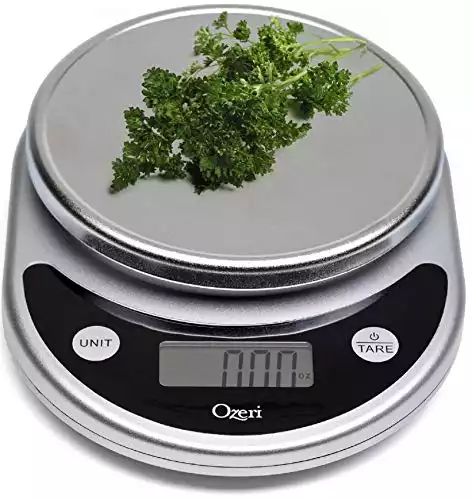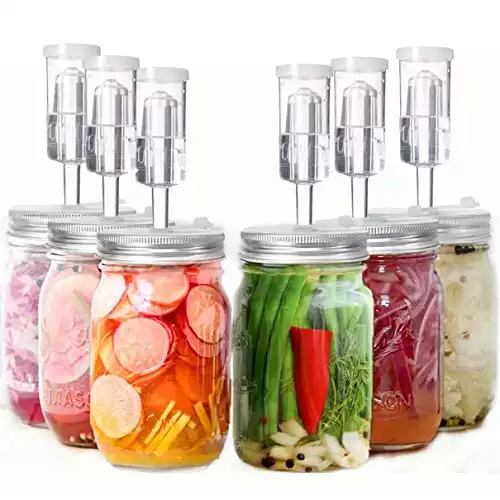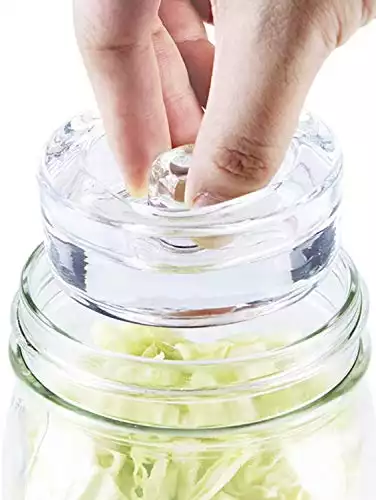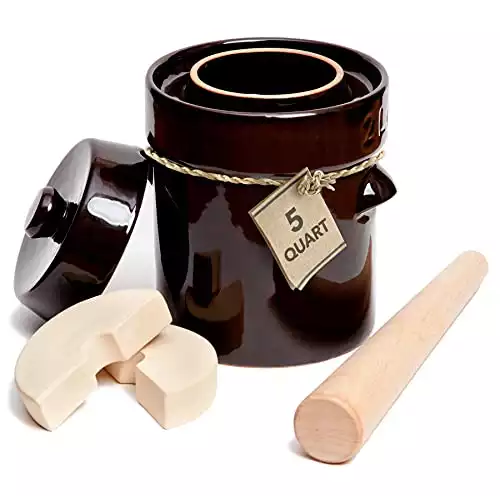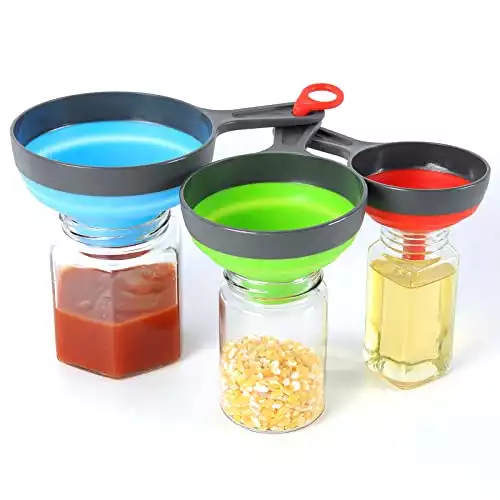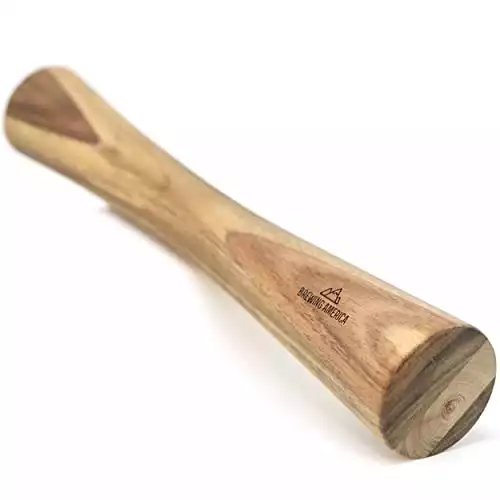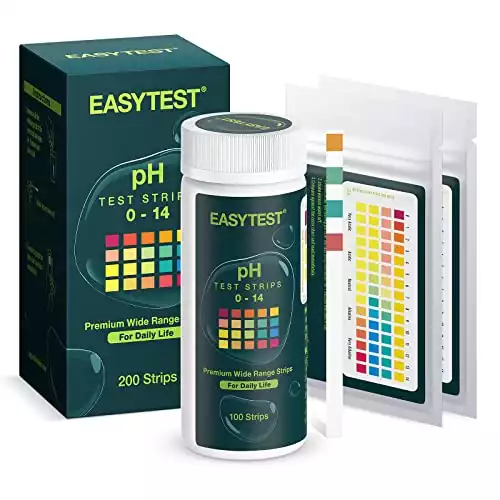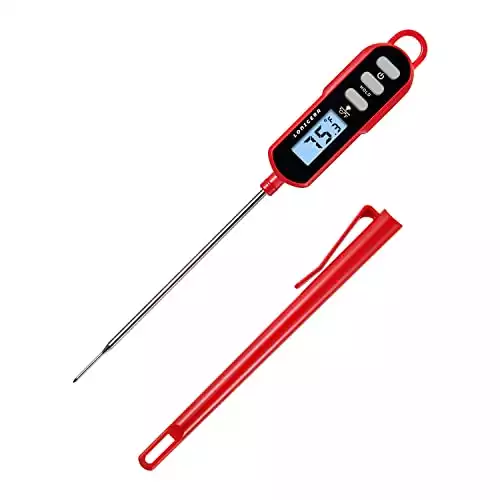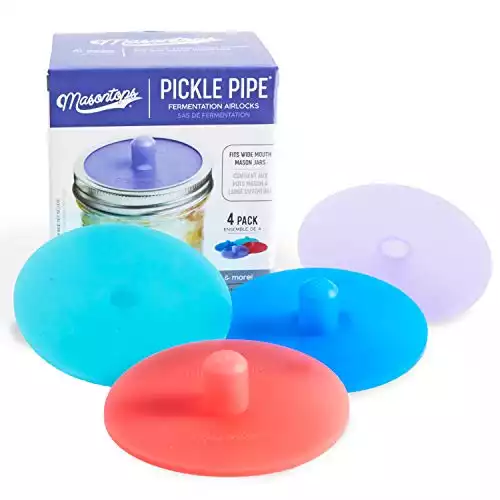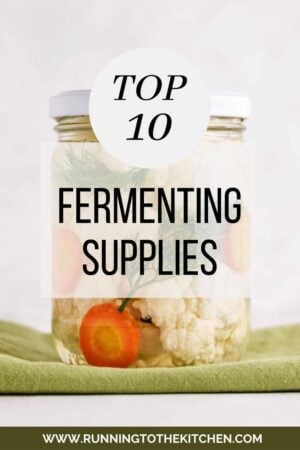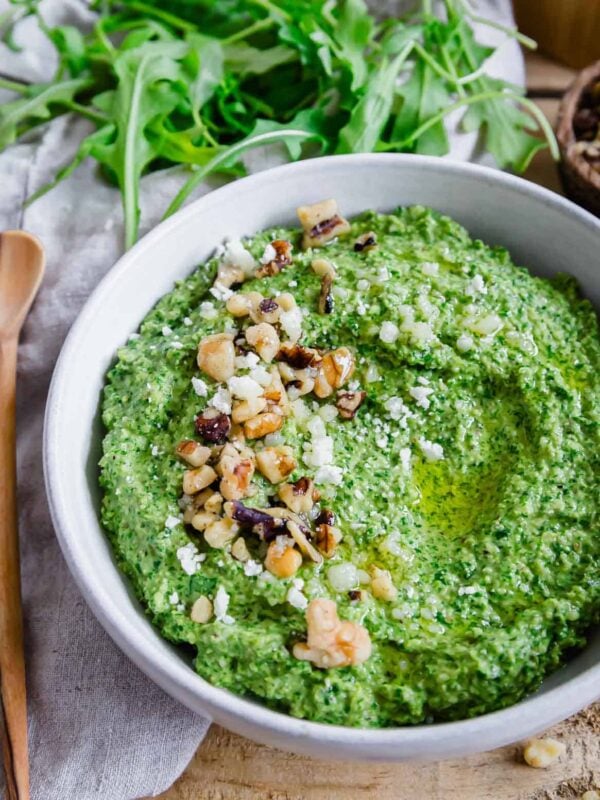Fermentation, an age-old culinary technique, offers a multitude of health advantages and profoundly influences the taste of food and drinks. Although the process started out with very basic equipment —part of the charm of fermenting, — today, fermentation enthusiasts can now use and enjoy an array of gadgets that simplify the process and offer increased safety in consuming fermented foods.
This curated list of the top 10 fermenting supplies will make experimenting with fermentation easier while offering tips and answers to commonly asked questions so you’re equipped for success.
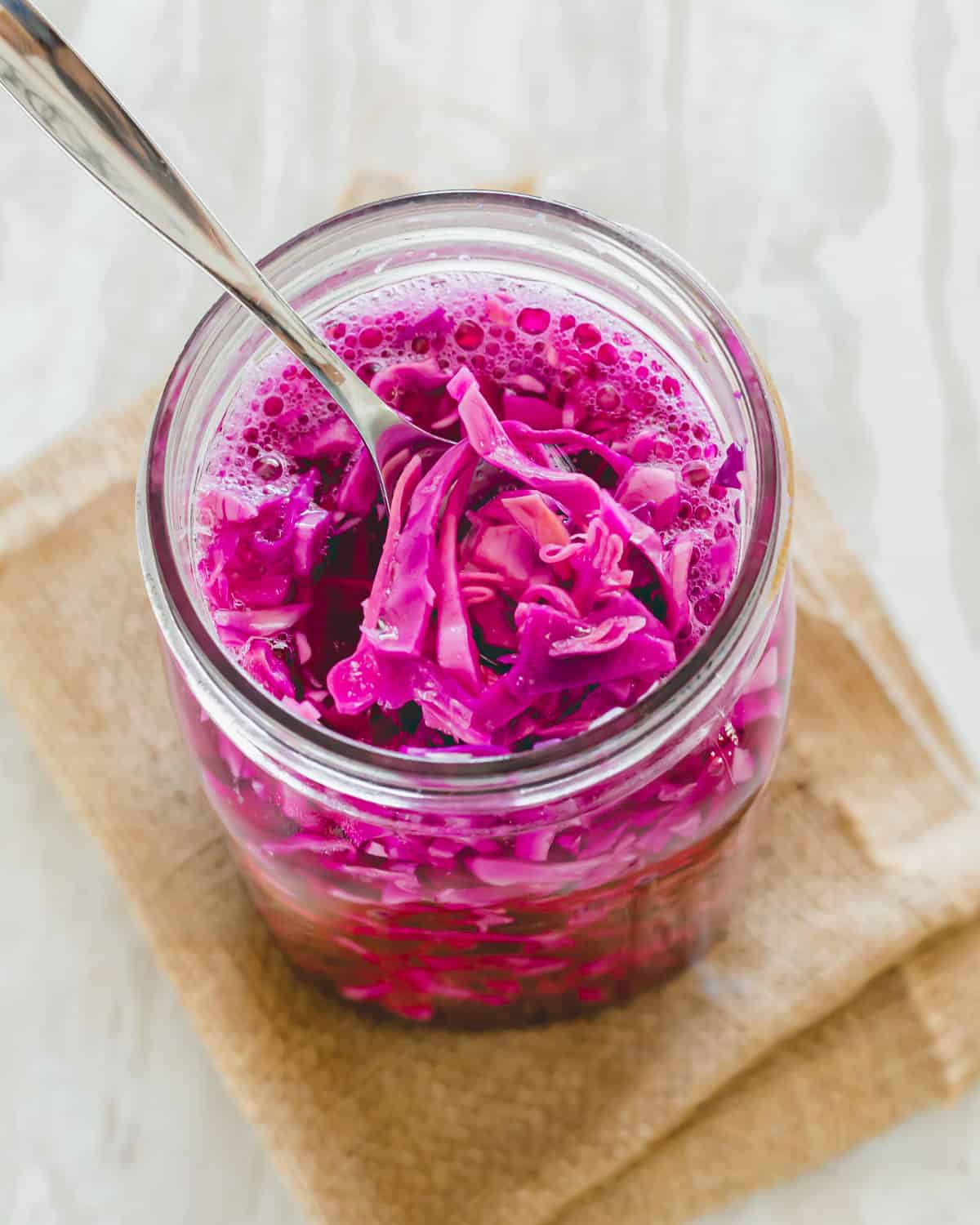
Why ferment food?
The process of food fermentation not only enhances its nutritional content by breaking down less digestible or undesirable (anti-nutrient) elements but also streamlines food preparation by extending the shelf life of the food. Fermented food is a great source of natural probiotics. There’s no need for expensive over the counter supplements, you can simply eat fermented food instead!
Examples of fermented foods include yogurt, pickles, kimchi and kombucha.
Top 10 fermenting supplies
Whether you plan to start fermenting vegetables, fruit or other things at home, improve your chances of success by choosing quality fermenting supplies.
These ten ideas, including tools, equipment and other supplies will help make fermenting foods an easier and enjoyable process.
1. Wide-mouth glass jars
If you’ve already tried your hand at water bath canning, you might already have a stash of mason jars.
Choose wide-mouth glass mason jars over regular mason jars for fermenting. These jars allow easy access to your ferment and provide enough space for the contents to expand during fermentation. They’re also great for pickling things like shallots, garlic scapes and fennel.
2. Kitchen scale
Good scales help you to get more precise measurements and ratios of fruit or vegetable to pickling salt or liquids. They’re helpful for fermentation, food portioning and if you plan to start pickling.
3. Airlocks
Airlocks are devices used in fermenting to let gas escape while preventing air from entering the container, causing mold growth. They create an anaerobic environment, crucial for successful fermentation and preventing harmful bacteria growth.
Attach an airlock to your fermenting vessel, allowing carbon dioxide to exit during fermentation while keeping oxygen and contaminants out. This will eliminate the need for “burping” as discussed in this fermented red cabbage recipe.
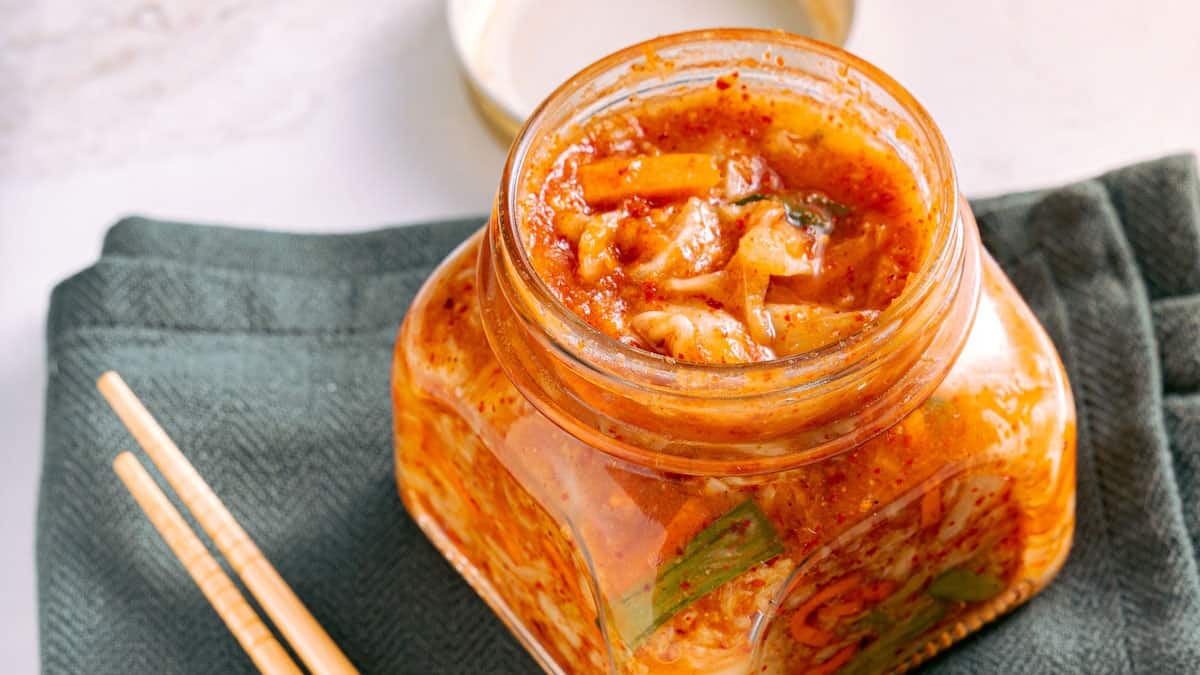
4. Weights
Fermentation weights submerge your veggies under the brine, creating an anaerobic environment for lactic acid bacteria to work their magic.
5. Fermenting crock
A fermenting crock is a stoneware pot for fermenting vegetables and other foods. It provides an anaerobic environment that helps preserve food and develop flavors.
To use a fermenting crock, place your prepared vegetables inside, add a brine solution, weigh them down to submerge them, then cover them and let the fermentation process occur.
6. Canning funnel
A canning funnel helps you pack your veggies into jars without making a mess. It’s handy when working with small-sized produce like berries, cherry tomatoes or cranberries.
7. Vegetable tamper or crusher
A vegetable tamper, also known as a cabbage crusher or sauerkraut stomper, is a must-have in your fermenting arsenal. It helps pack down veggies, releasing those juicy juices needed for successful fermentation.
8. pH test strips
Monitoring pH levels is critical during fermentation because pH levels impact flavor and safety.
Use pH test strips to ensure acidity is high enough to keep harmful bacteria away while letting the good guys thrive.
9. Thermometer
A good thermometer is essential to maintain the correct temperature throughout fermentation. Too hot or too cold can mess with bacterial growth and ruin your results.
Using a quick-read thermometer takes the guess work out of cooking meat in the air fryer, oven or grill.
10. Fermentation lids
Last but not least, fermentation lids. These specialized lids make it easy to create an anaerobic environment inside your jar and often come with built-in airlock systems.
Tips for fermenting success
If you’re new to fermenting, start with a small-batch recipe.
Choose a simple dish like a classic sauerkraut or kimchi for your initial fermentation. These recipes require minimal ingredients and have straightforward processes.
Gather all your tools before you begin. This includes wide-mouth glass jars, airlocks, weights, a canning funnel and fermentation lids.
Next, choose fresh organic vegetables or fruits. Remember that fresher produce will yield better results.
Then follow your chosen recipe and directions.
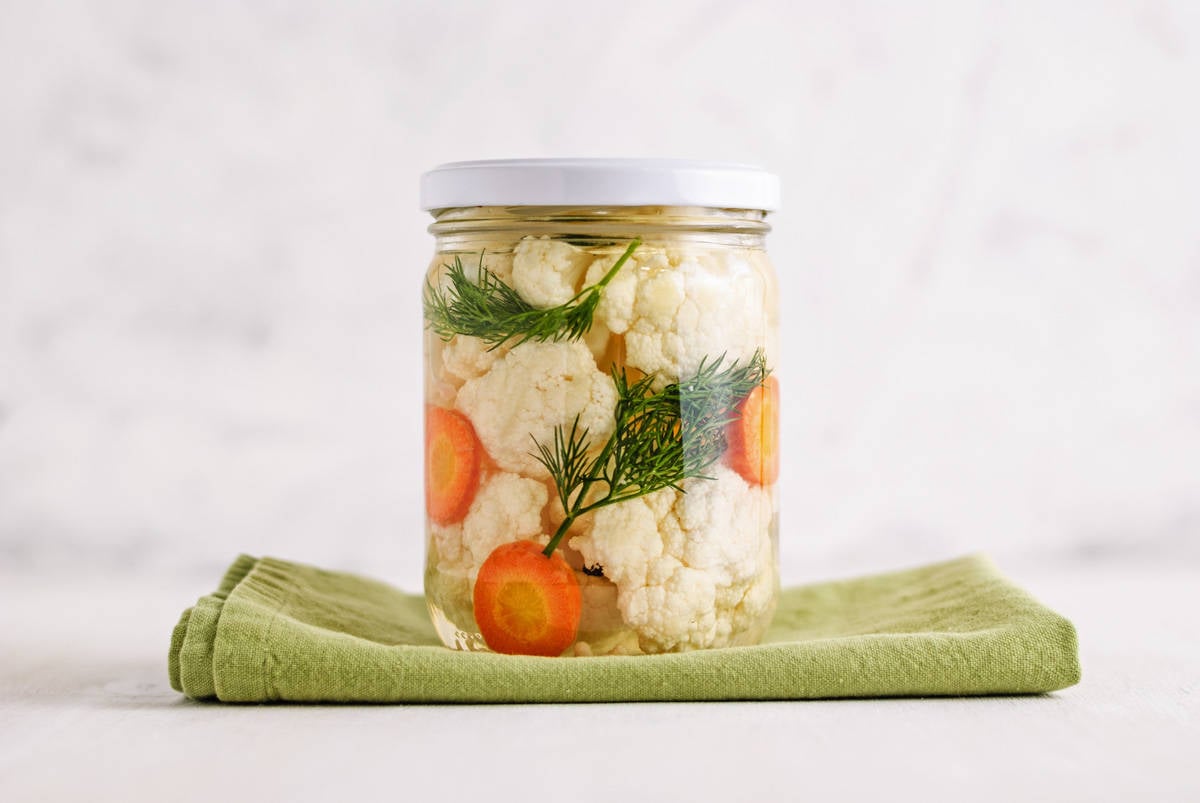
Learning from mistakes
As with most other new skills, fermenting takes time to master. It can be hit or miss from batch to batch much like sourdough. You might encounter some bumps as you learn how to ferment foods at home.
Check each batch carefully, particularly when starting to ferment food.
If it smells peculiar, has changed color dramatically or if the jar lid has even popped off, it’s okay to toss it out and start again. Remember: safety first.
Consider these first fermenting experiences as learning opportunities rather than setbacks.
Fermenting supplies FAQs
Here are some common questions about fermenting foods.
What’s so great about fermented products?
Fermented products offer various health benefits, including naturally occurring probiotics to help improve digestion and boost immunity.
What is the best material for fermentation supplies?
Glass jars work well for fermentation because glass is non-reactive and easy to clean. Stone crocks and food-grade plastics are other options for fermenting containers.
What are the four types of fermentation?
When it comes to fermenting food, there are four types of fermentation. They are:
- alcoholic fermentation
- lactic acid fermentation
- acetic acid fermentation
- butyric acid fermentation
Understanding the different fermenting processes at work in food and liquids can help you monitor their behavior and follow safe fermentation practices.
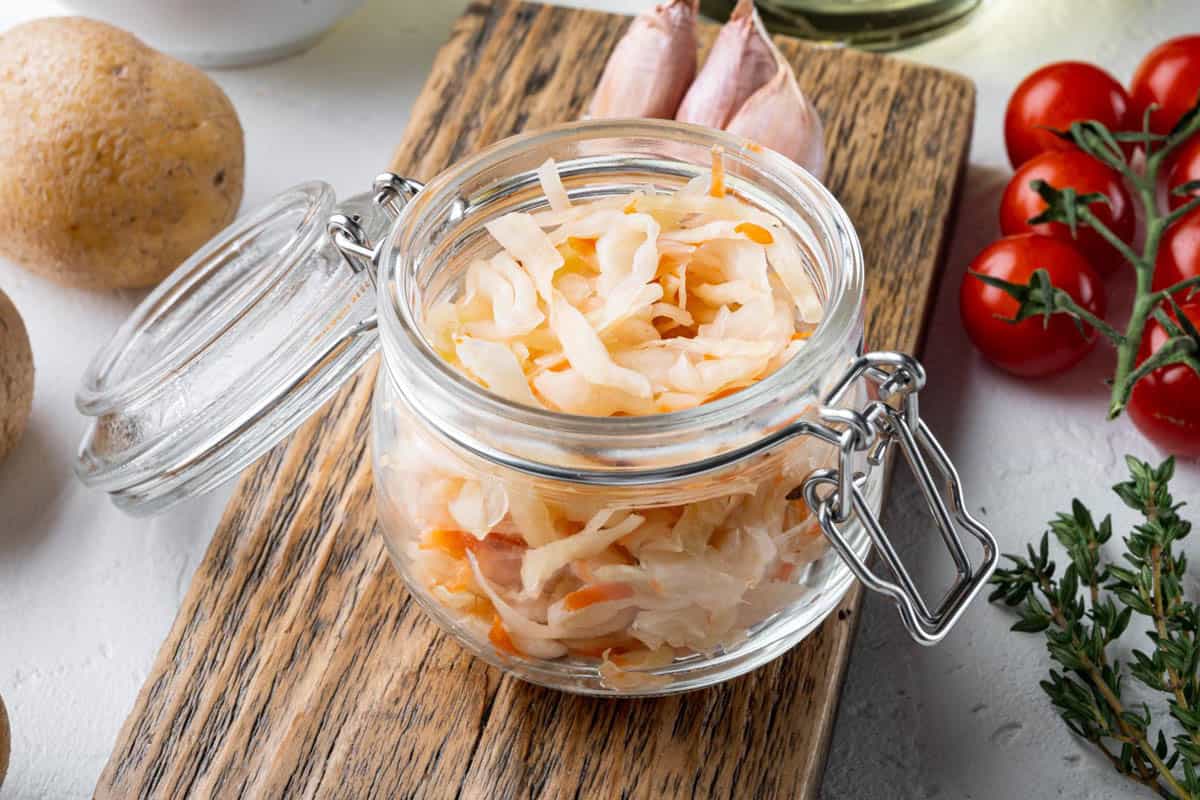
Get set for success with the right fermenting supplies
The right fermentation supplies are crucial for a successful fermentation process. These include wide-mouth glass jars, airlocks, weights, canning funnels and fermentation lids.
These essential tools create the ideal environment for beneficial bacteria to thrive and produce delicious fermented foods.
Further enhance your fermenting experience with vegetable tampers, pH test strips and thermometers because precision is key to successful fermentation. While not totally necessary, these additional tools make the experience smoother.
The world of fermenting may seem daunting, but armed with these tools and some patience, you’ll master this ancient food preservation method. Remember: practice makes perfect, so feel free to experiment until you find what works best for you.
This article originally appeared on Food Drink Life.
Gina Matsoukas is an AP syndicated writer. She is the founder, photographer and recipe developer of Running to the Kitchen — a food website focused on providing healthy, wholesome recipes using fresh and seasonal ingredients. Her work has been featured in numerous media outlets both digital and print, including MSN, Huffington post, Buzzfeed, Women’s Health and Food Network.

![Wide Mouth Mason Jars 32 oz [4 Pack]](https://www.runningtothekitchen.com/wp-content/uploads/2024/01/51tqoHt7NFL._SL500_.webp)
